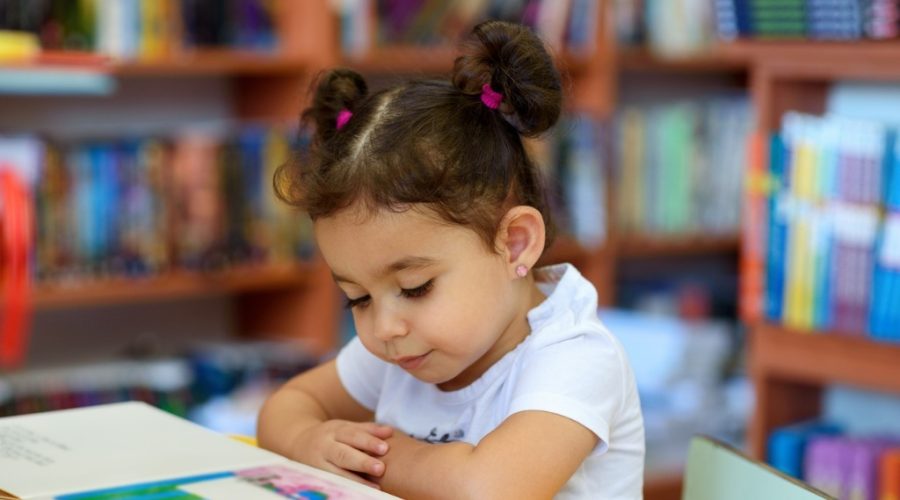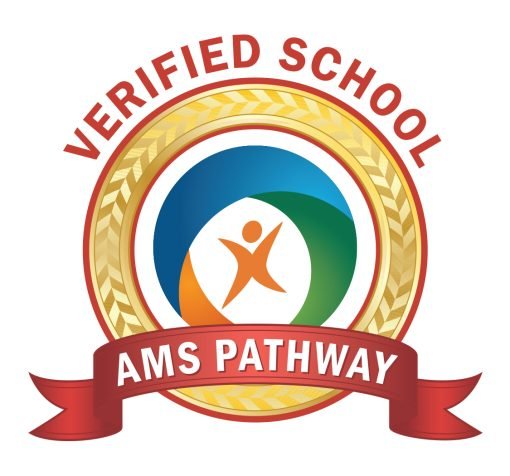Maria Montessori likens a child’s natural construction to a seed. Given the right infant toddler environment and nourishment from the sun, water, and fertile soil, the seed grows into a beautiful plant. Toddlers, on the other hand, also need a fertile environment where they can not only survive, but also thrive and develop independence and self-discovery.
During the formative years from birth up to three years of age, children have the opportunity to nurture traits that they will carry with them for a lifetime. It is within this period of time that they start developing their independence, confidence, focus, concentration, social and emotional awareness, and problem-solving skills.
The Ideal Infant Toddler Environment
Based on the Montessori philosophy, an ideal infant toddler environment for learning has all materials placed at a height that is easily and readily accessible to the child. This way, the child can independently explore and use materials such as tables, shelves, sinks, and toilets. This environmental framework presents the following developmental opportunities:
- Practical Life: This curriculum focuses on independence, coordination, concentration, and language. It also includes activities such as dressing, undressing, eating, preparing food, taking care of plants and animals, cleaning (tables, floor, and spills), and personal hygiene. Involving them in these tasks instills in them a sense of responsibility and value within their community, helping them to grow happy and confident.
- Language: During the toddler years, children go through several phases where their vocabulary increases at an incredible rate within a short period of time. In a Montessori environment, their vocabulary is enhanced through interaction with their environment in both indoor and outdoor settings. They are also taught how to use correct terms and are assisted in learning advanced words.
- Nature Education: This is an element of experiential learning that intensifies the child’s curiosity, body coordination, care for plant and animal life, and imagination. They are exposed to outdoor gardens and natural indoor settings to help them achieve a sense of peace and joy, and appreciation for their beautiful surroundings.
- Human Interaction: Children are encouraged to interact daily with their peers to help develop their emotional and physical awareness, respect, empathy, boundary-setting, patience, and problem-solving skills. They can look up to Montessori guides in the classroom as their role model for proper communication, respectful behavior, and peaceful interactions.
Montessori Infant Toddler Environment vs. Traditional Infant Toddler Classroom Environment
There are a lot of differences between a Montessori toddler environment and a traditional daycare for infant toddler classroom environment. These differences can be observed in the physical arrangement, activities, and routines. Take a look at these Montessori settings to see how they vary from the traditional daycare setting:
- Montessori activities are designed to promote concentration and not to overstimulate the children. Every material used in these activities serves a specific purpose and allows the child to exercise all of the developmental opportunities enumerated above.
- Contrary to the common perception among parents, the concept of “sharing” is not considered developmentally appropriate for toddlers. During this age, children are egocentric and can benefit more when allowed to enjoy their personal space. They are also learning how to respect others’ personal space. In this setting, the child goes to a rug or table for an activity and that becomes their personal space. They are allowed to use a material once and can only have their turn once it is returned to the shelf. This practice encourages deep concentration and helps them feel comfortable in their workspace.
- The classroom is arranged in such a way that it feels like a home space. There are family pictures, plants, and plenty of natural lighting.
- Children participate in designated work cycles. There are schedules for playing, singing, reading, and outdoor exploration. There’s also a time for practicing lessons and doing “work.” Many parents are amazed to walk by a toddler classroom and observe that the children are quietly doing their activities. This is one of the beauties of a Montessori environment.
The differences and disciplines mentioned above encourage holistic development for the child. This is the overarching goal of Maria Montessori.
an Environment That Supports Positive Relationships
To make sure that your environment promotes positive relationships, Montessori settings have spaces that support meaningful interactions between children and their caregivers. Some of these things are cushions on the floor, benches, tables for meals, and loveseats. Spaces are also designed in such a way that children can freely explore with caregivers close by to engage with them. This helps develop the child’s sense of independence and lessens the need for instructions.
Aside from that, the Montessori environment offers spaces where adults and children can comfortably snuggle or read together, like rocking chairs and comfortable couches. Furniture is appropriately sized for infants, toddlers, caregivers, and even nursing mothers. Everything is designed in such a way that caregivers and parents can comfortably hold their child.
Montessori guides take time to talk with families during drop-off and pick-up times to support open communication. They provide families with details about their children’s activities, play, meals, and even diaper and toilet habits. There are spaces to leave notes for parents to make up for missed opportunities to exchange information. Class calendars, parenting tips, and children’s photos abound on the bulletin board inside the room or in the hallway.
An open-door policy helps families feel welcome to enter the room and interact with either the Montessori guide or their children at any time. Family members can also make suggestions on how to make the environment feel more like home for the kids.
An Environment That Supports Their Development
Maria Montessori ensures that the environment supports children’s development by allowing safe freedom of movement. Here, they can practice their physical skills, hone their thinking skills, and develop independence. They can safely do natural activities like crawling, scooting, climbing, walking, jumping, and running. It is important, however, that areas for eating, food preparation, diaper changing, and sleeping are separate from children’s play areas. This helps maintain their health and safety.
Rooms are divided into areas that support different kinds of exploration and routines. There are small areas that are designed to develop small-muscle activity, sensory perception, large-motor activity, and creative expression. Other spaces are designated for block play, fantasy plan, book reading, and multilevel areas. Children naturally gather, spread, and rearrange materials in the process of exploring and learning. Instead of limiting movement between areas, the Montessori environment supports their natural drive for exploration and highlights its value.
In the Montessori setting, infants and toddlers are allowed to have plenty of choices throughout the day. This practice helps keep them interested, engaged, and happy. They have the freedom of choosing between spending time with others or having an alone time, as well as playing quietly and engaging in loud activities. They can eat, sleep, and play based on their personal needs. They can also explore age-appropriate books, toys, art supplies, and sensory play materials. We are continuously developing appropriate learning environments for infants and toddlers.
an Environment That Ensures Safety and Health Development
A safe infant toddler classroom environment ensures that children can freely explore and develop their sense of self. For caregivers, it means spending less time monitoring children to keep them safe and having more opportunities to interact with them. There are also specific limits to the children-to-adult ratio to ensure quality interaction and engagement. Aside from that, it lessens the possibility of contracting and spreading harmful diseases among the group.
To maintain a safe and healthy infant toddler classroom environment, use a checklist for regular health and safety assessments. This also tells you how you can modify your environment to make it safe for the age group you are handling and what is the best child-to-adult ratio for your group. Check with your state or with your territory’s child care licensing agency to know the specific requirements and recommendations for your area.
an Environment That is Responsive to Their Individual Needs
Maria Montessori recognizes that every child is unique. This is why the environment here is adjusted to cater to children’s individual preferences, interests, and needs. We take into consideration that children have different ways of preparing for their nap times, solving challenges, eating their food, and even learning new things.
A healthy infant toddler program is dynamic enough to adapt to children’s changing interests and developmental needs. Montessori guides also take care to partner up with parents to come up with ways to modify the environment to meet the individual needs of infants and toddlers. These adaptations are an integral part of respectful and responsive care.
At Maria Montessori, we plan, arrange, evaluate, and continually make changes in our effort to find the best mix that works best for the children as they grow and change. We are committed to developing appropriate learning environments for infants and toddlers. This commitment helps enhance children’s drive for exploration and learning.
If you want to see how Maria Montessori creates a safe and conducive environment for young children, sign up for a school tour.




